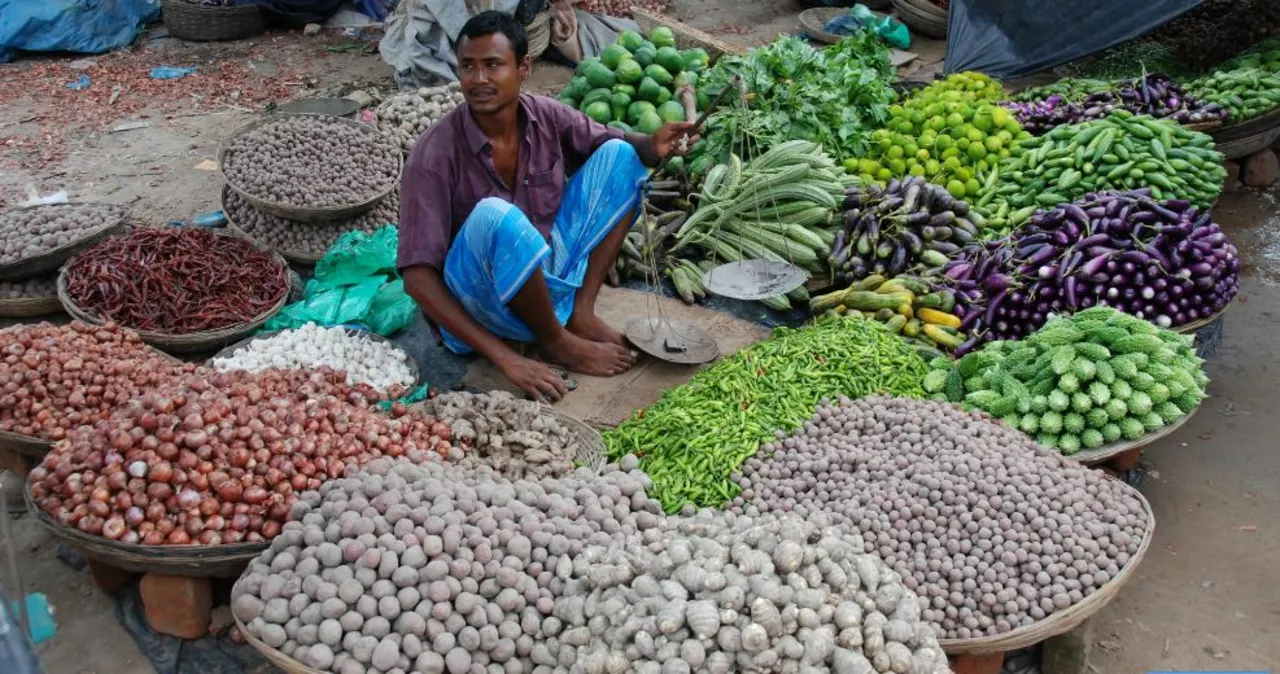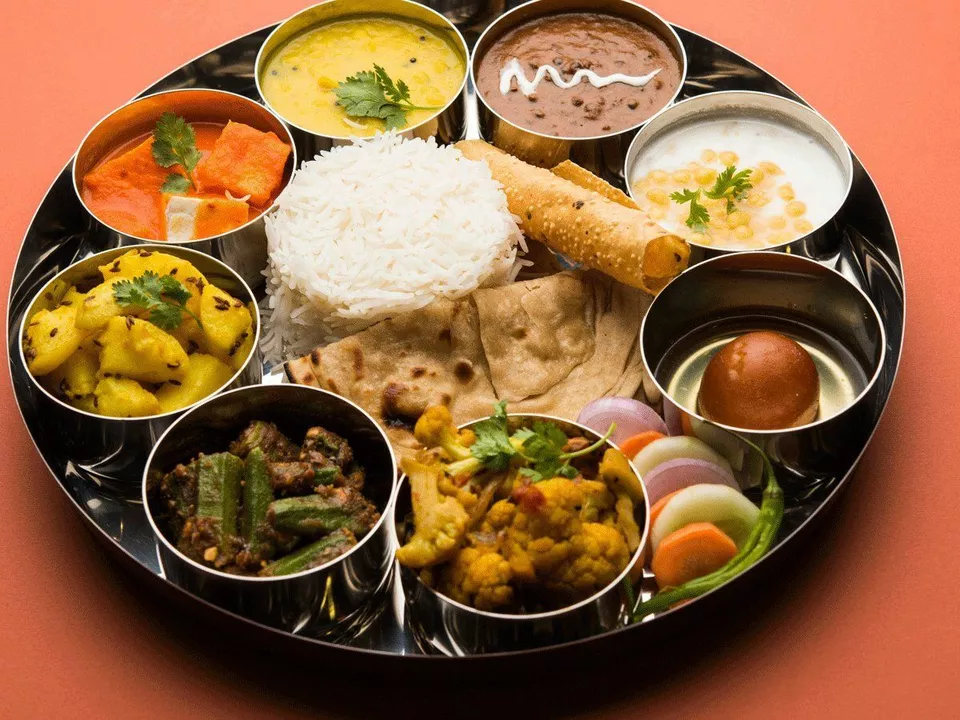May 2023 Archive: Development Contrast & Food Safety Insights
May 2023 was a busy month on Warangal City Guide. We posted two articles that sparked a lot of comments – one comparing Bangladesh and India’s development progress, and another warning about the risks of eating Indian food that’s been left out overnight. Below you’ll find a quick rundown of what each piece covered and why it matters to you.
Bangladesh vs India: Who’s ahead?
First, we dug into the question “Is Bangladesh more developed and prosperous than India?” The answer isn’t a simple yes or no. Bangladesh has made impressive gains in education and healthcare over the past decade. Literacy rates have risen, and life expectancy is climbing faster than in many neighboring countries.
At the same time, India still dominates in sheer economic size. Its GDP is larger, its tech sector is booming, and its infrastructure projects are massive. That said, India’s poverty rate remains higher than Bangladesh’s, and many rural areas still lack basic services.
We broke down the data into three easy sections: growth numbers, social indicators, and future outlook. Growth numbers show Bangladesh’s GDP expanding at about 7% annually, while India’s growth steadied around 5% after a pandemic dip. Social indicators—like school enrollment and maternal health—favor Bangladesh, which has closed gaps that took India decades to shrink.
Looking ahead, both countries are on a path toward higher living standards, but the gap is narrowing. Collaboration, especially in trade and renewable energy, could push both economies forward. The key takeaway? Bangladesh is catching up fast, but India still holds the larger economic pie.
Is Overnight Indian Food Safe?
Our second post tackled a kitchen dilemma many of us face: “Is it safe to eat Indian food left out overnight?” The short answer is no, and here’s why.
When food sits at room temperature, bacteria like Staphylococcus aureus and Bacillus cereus can multiply quickly. Even if the dish looks and smells fine, invisible microbes may have reached dangerous levels after eight hours.
Indian dishes often contain rice, lentils, and dairy—ingredients that are breeding grounds for bacteria if not cooled promptly. The safest move is to refrigerate leftovers within two hours of cooking. If the room is particularly warm, shorten that window to one hour.
Reheating helps kill some bacteria, but it won’t eliminate toxins already produced. So you might still feel sick even after a hot microwave blast. The bottom line: when in doubt, toss it out. It’s a small price to pay for peace of mind.
Those were the two highlights from May 2023. Whether you’re tracking South Asian development trends or just trying to keep your dinner safe, we hope the posts gave you clear answers and practical tips. Got more questions? Drop a comment or check out our other articles for deeper dives.

